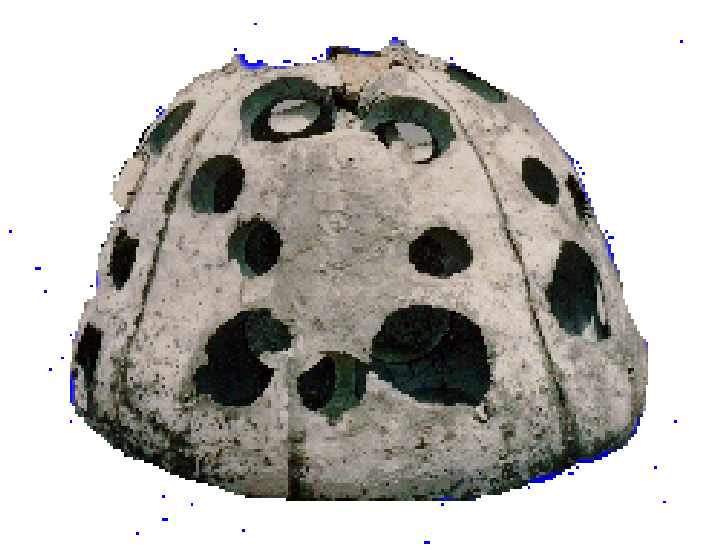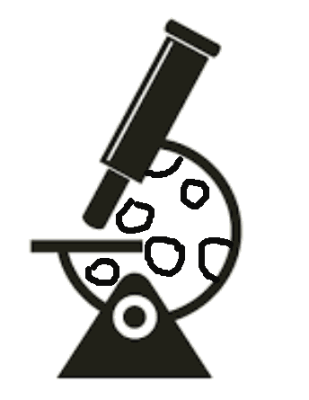

Reef Beach
Shoreline Restoration
Shoreline Restoration
Scientific Papers
Reef Beach assists coastal engineers in designing Reef Ball submerged breakwaters.

Reef Ball Submerged Breakwater Design & Construction
Predicting wave transmission past Reef Ball (TM) submerged breakwaters
Buccino, Mariano & Vita, Ilaria & Calabrese, Mario. (2013). Predicting wave transmission past Reef Ball (TM) submerged breakwaters. Journal of Coastal Research. 65. 171-176. 10.2112/SI65-030.1.
Download
Shoreline Response for a Reef Ball (TM) Submerged Breakwater System
Offshore of Grand Cayman Island
By
Dana Suzanne Arnouil
Bachelor of Science
Ocean Engineering
Florida Institute of Technology
2006
Offshore of Grand Cayman Island
By
Dana Suzanne Arnouil
Bachelor of Science
Ocean Engineering
Florida Institute of Technology
2006
Download
Reef Ball artificial reef submerged breakwaters
by LE Harris - 2007 Download
Engineering Modeling of Wave Transmission of Reef Balls
Mariano Buccino; Ilaria Del Vita; and Mario Calabrese
Journal of Waterway, Port, Coastal, and Ocean Engineering
Volume 140 Issue 4 - July 2014Reef Balls are hemispherical concrete units, which feature hydrogen ion concentration neutralized concrete and specialized surface textures to promote the growth of marine life. Reef Balls can be arranged in different layouts to form submerged breakwaters, even of significant width. Although structures formed with Reef Balls have been used for the protection of several top-quality sites, no well-established design tool exists for the prediction of wave transmission behind them. In this study, a set of equations were proposed based on the conceptual approach. The expressions were validated by more than 300 experimental data from physical model tests conducted at two different laboratories. The new predictive model showed a number of encouraging properties, such as a high determination index, R2R2, normality of the residuals, and a constant standard error with respect to the structure layout.
Full paper found at https://ascelibrary.org/doi/pdf/10.1061/%28ASCE%29WW.1943-5460.0000237
Gran Dominicus Reef Ball Submerged Breakwater (HARRIS, 2003)
In the fall of 1998 shortly after the installation of the breakwater system, a direct hit by Hurricane Georges (Category 3) and large waves from Hurricane Mitch (Category 5) impacted the project area, but not a single Reef BallTMunit was displaced or damaged. The beach profile shown in Figure 5 shows that the Reef BallTM breakwater has been very effective in stabilizing the beach, with a significant increase in beach width and elevation along the project shoreline. Shoreline and sand volume calculations are shown in Table 1. As shown in Figure 6, the beach and shoreline in the lee of the submerged breakwater system has been stabilized and has accreted sand, and there have been no adverse impacts on adjacent beaches. In addition, the use of artificial reef units for the breakwater provides habitat enhancement for the marine life, which can be enjoyed by divers and snorkelers. Table 2. Changes in Shoreline and Sand Volume Calculations 1998 to 2001 Profile Line Shoreline Change (meters)
Sand Volume Change (m3/m)
West +10 m +25.65 m3/m
East +13 m +44.25 m3/m
Control 0 m +2.0 m3/m
"To maintain sand retention and lower the risk of currents for eco-tourism hot spots, Reef Balls are also a solution. Along the southern shore of the Dominican Republic near Bayahibe, about 450 Reef Balls are set up along the beach to act as a submerged breakwater. To demonstrate the Reef Ball’s effectiveness and endurance, the Dominican Republic beach shortly after installation, in 1993, was hit by Hurricanes Georges and there was no after effect from the hurricane. The beach itself appeared to be untouched, as well as the beaches surrounding. Besides the fact that the Reef Balls successful acted as breakwaters, not a single Reef Ball was damaged or displaced" (Torres, et al. 2001).